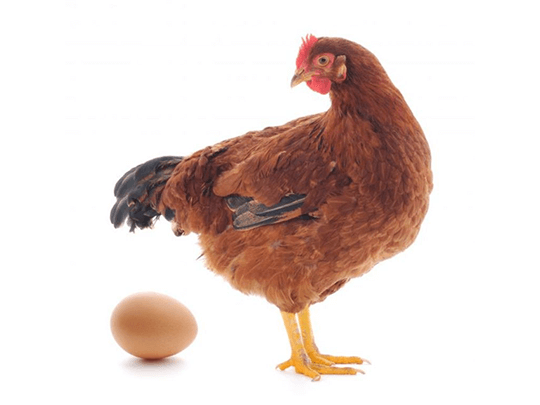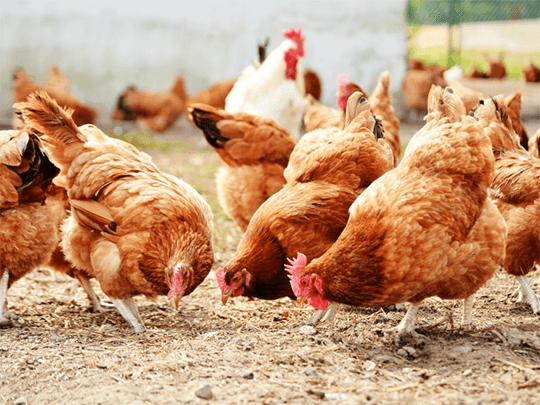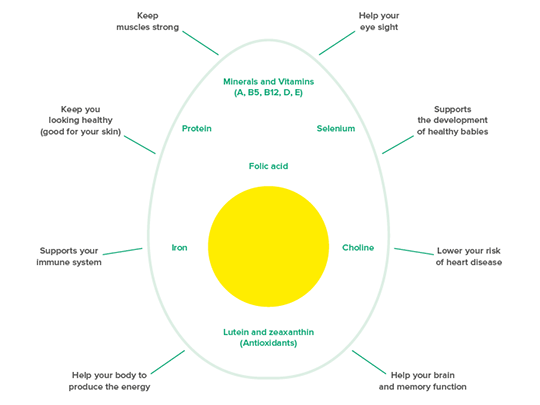Sustainable egg production: Three ways today’s eggs are greener than ever before
Happy Easter! Prepare yourself for this year's Easter nest search. How? Find three strategies to feed more people with the high-quality protein of eggs, while using fewer resources. Sounds impossible? Not for phytogenius minds. EGGsplore further insights

Are you EGGscited?
Easter is already around the corner. At Delacon, we love to share EGGscellence insights with you.
Prepare yourself for this Easter nest search challenge with the following article.
You can find three strategies to feed more people with the high-quality protein of eggs, while using fewer resources.
Happy Searching!
1. Improved chicken genetics and breeding.

Modern farmers select chicken breeds that are specifically adapted to the respective operating and environmental conditions. Modern chicken breeds also have an improved life span and laying performance. This means that we need fewer hens for the same level of egg production. In other words, producing the same number of eggs requires less feed and energy for modern chicken breeds.
2. Better housing and management.

Today we have a better understanding of the environmental factors that affect chicken performance and health. Management and feeding strategies help to create an environment in which chickens can fully develop their genetic potential.
Advances in chicken husbandry and care include improved ventilation and air conditioning systems, better lighting, thorough disinfection procedures, biosecurity measures and the implementation of phytogenic feed additives in chicken feed. These efforts contribute to birds living longer and being more productive.

3. Good nutrition and feed efficiency.
We are constantly investigating the nutritional needs of laying hens. By formulating feeds that provide birds with the correct, easily digestible and absorbable nutrients, we can increase feed efficiency (a simple measurement to determine the efficacy of the poultry to turn feed nutrients into egg or meat). Many farmers use phytogenic feed additives, i.e. natural, plant-based compounds added to chickens’ feed to support nutrient utilization and maintain the bird’s resilience. In this way, the resources invested in egg production are maximized.
Nature helping nature
At Delacon, we’re driven to use the power of nature to enhance the sustainability of animal protein production. Ingredients as common as those found on a kitchen spice rack, like rosemary, thyme or garlic, can be formulated as a feed additive for chickens to kickstart feed intake and thus performance.
Did you know that some phytogenic ingredients are also known for their emission reduction properties?

Egg’cellent News for consumers around the globe
While the global population climbs to 9 billion by 2050, demand for nutritious food and protein sources will increase. Eggs are widely available, affordable and have an ideal nutritional profile: a healthy ratio of fat and protein, and source of several essential vitamins and minerals. Considering the small size and feed efficiency of laying hens, studies show eggs require fewer resources and have a lower carbon footprint than other animal protein sources. For this reason, eggs are considered a socially responsible answer to feeding a growing population with finite resources.
Let's EGGsplore!

Marlene Forrai
Storyteller, foodie, life-long learner – may be the three words that describe me best. Unfortunately, you cannot make a living by only eating food, even though it’s healthy. Therefore, I have developed my skills in Marketing, Online Communications and Content Management to enlighten people around the globe about the power of nature and its contribution to animal as well as human health. Since February 2022, Marlene started a new career path outside of Delacon.










